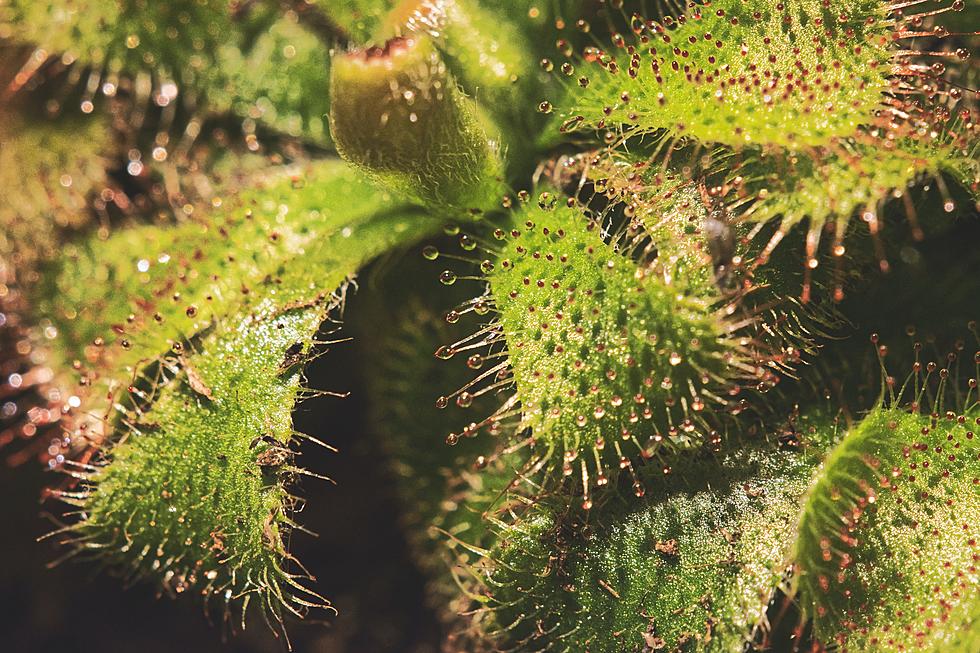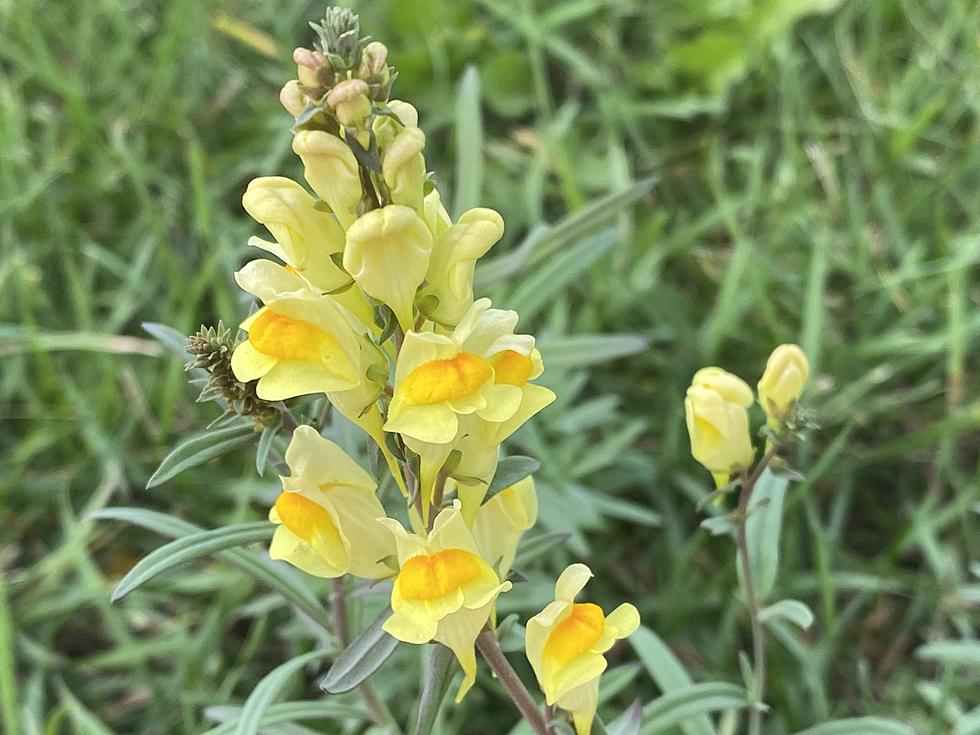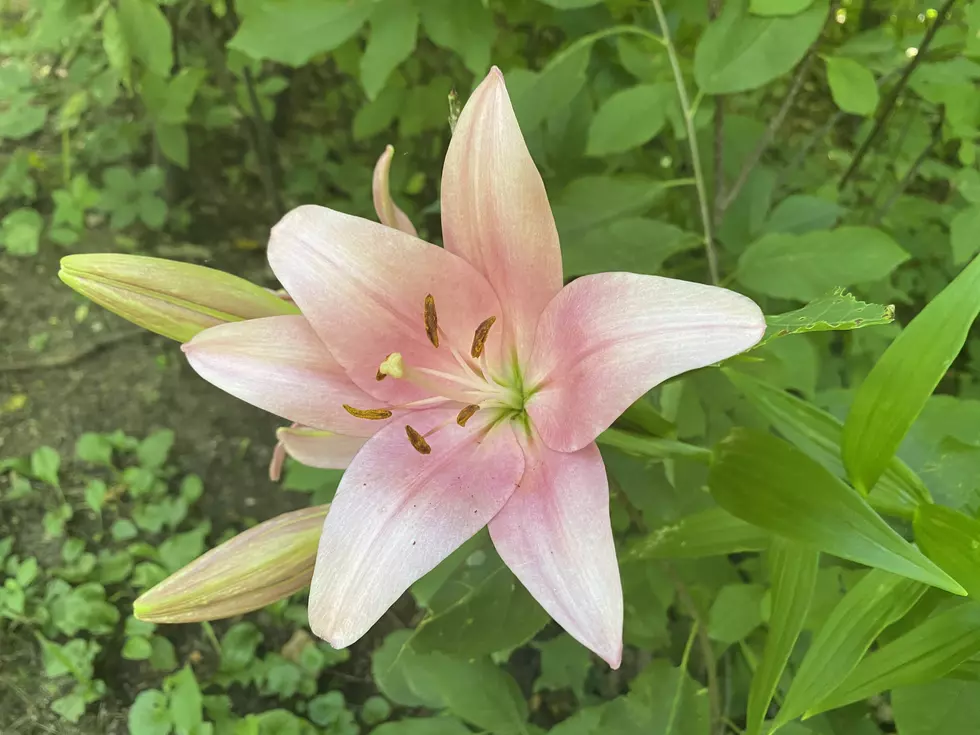
There is a Plant in Minnesota That Literally Eats Bugs
When you think of bug-eating-plants your mind probably pictures a Venus Fly Trap. But Minnesota has its own native bug-eating flower and it's pretty dang cool.
This plant grows June through August in wet areas like bogs, marly shores and floating mats. It is spotted mostly along counties on the Canadian boarder and grows about three to ten inches in size. Oh yeah, and it is also carnivorous.
This plant hasn't been known to us very long, it was first found in 1978 when northern peatlands were researched by botanists for the first time.
Initially listed as a state Threatened species, it was downgraded to Special Concern in 1996 after its distribution and habitat requirements were better understood; it is currently listed as Threatened in Wisconsin.
So how does it eat insects?
All sundew plants use stalked sticky glands called tentacles to attract and trap small insects. The sticky portion of the plant smells like sugar and draws winged insects in, and immobilizes them.
Once trapped, the tentacles wrap around the prey and the leaf starts to close around it. This process can take days, and by the time the leaf is totally closed the insect usually dies of exhaustion.
Once the prey has been digested and the resulting nutrient solution has been absorbed by the plant, the leaf unfurls, leaving only the prey's exoskeleton behind.
Mother Nature can have a dark sense of humor, that's for sure. Have you seen this plant yourself? Share your story with us on the 96.7 The River mobile app!

15 Minnesota Town Names That Are Hard to Pronounce
More From 96.7 The River









